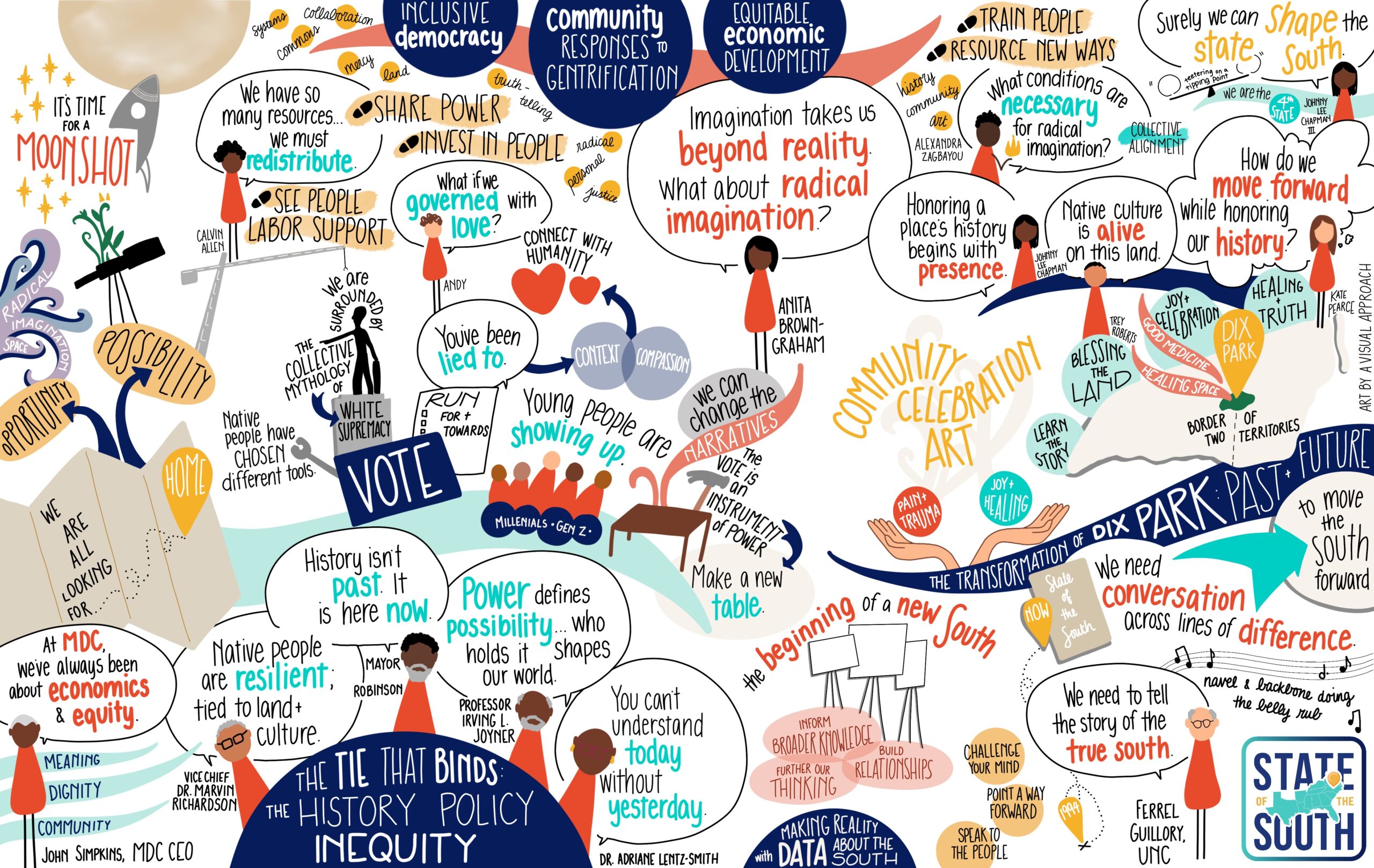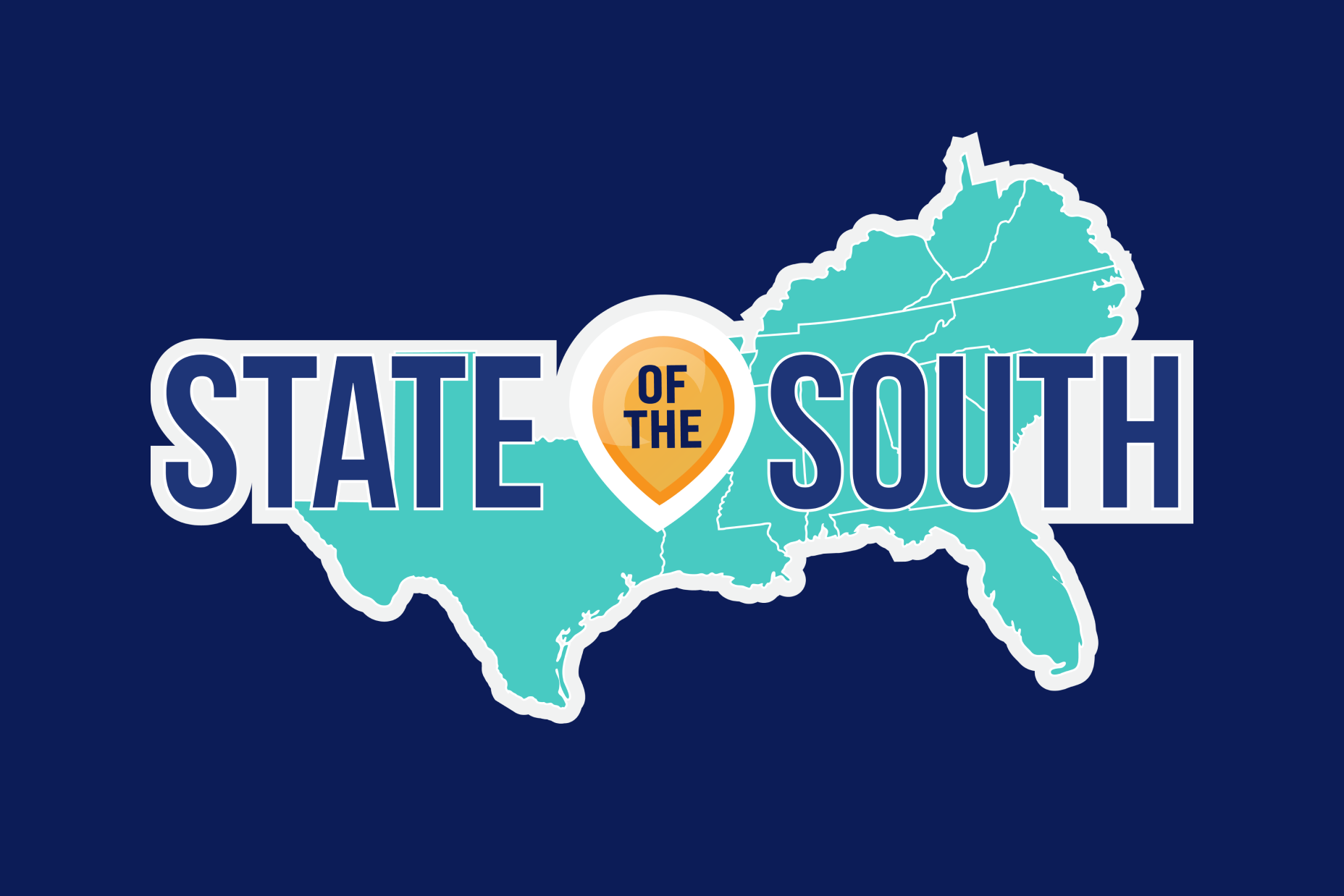SOTS Call to Action
May 14, 2025

Redesign the Preschool-to-Grade 20-to Workforce (P20W) System to foster an inclusive, flexible, and community-centered approach to education
Adopt equitable funding strategies for education. Funding K-12 schools through local property taxes reinforces racial inequity because it perpetuates disparities rooted in historical segregation, particularly redlining policies. Since local property taxes are one of the primary sources of school funding, schools in wealthier, predominantly white neighborhoods receive more resources, while schools in lower income, often predominantly Black and Brown neighborhoods, remain underfunded. Separating property taxes from school funding and adopting needs-based funding can make certain every child has access to quality education, regardless of where they live.
To compensate for the loss of property tax revenue, states or the federal government can increase other taxes, such as taxes on the purchases of alcohol, cigarettes, and vaping products. A more equitable solution would be to tie a larger portion of school funding to state gross domestic product (GDP). In 2021, the national average of state GDP devoted to K-12 education was 3.3 percent, far below states like New Jersey, Vermont, and Wyoming, which devoted roughly 5 percent of their GDP to K-12 education during the same year.
Expand learning beyond the classroom with credit recognition: Schools should embrace “anytime, anywhere” learning by recognizing that valuable education takes place outside traditional classrooms. Work-based experiences, such as internships, apprenticeships, part-time jobs, after-school programs, service learning, and community projects, contribute to students’ skill development. States like Rhode Island and New Hampshire have adopted credit-for-learning approaches, allowing students to earn graduation credits for these out-of-school experiences. Implementing such policies across other states can improve student engagement, personalize learning, and better prepare students for college and careers by acknowledging their diverse learning paths.
Strengthen community and parental involvement: Education thrives when families and communities are actively involved. Schools should work alongside communities to define the purposes of education and establish a clear vision for what students need to succeed in adult life. Parents, caregivers, and other community members play a critical role in reinforcing learning outside the classroom and ensuring education remains relevant to local needs. Schools should invest in building strong partnerships with families and other stakeholders, as well as supporting media and policy groups in raising awareness about educational equity. These efforts will foster a sense of ownership and collaboration that drives meaningful improvements in student outcomes.
Adapt and strengthen data systems: While offering flexible learning opportunities is important, it’s equally crucial to prevent marginalized students from slipping through the cracks. Comprehensive and transparent data systems are necessary to track student progress and ensure that every student receives the support they need. Statewide longitudinal data systems—commonly referred to as P20W systems—track students from early childhood through their entry into the workforce. Texas’s Public Education Information Resource website and California’s Cradle-to-Career Data System serve as examples of how states can centralize data to monitor equity and outcomes. These data systems allow educators, families, and policymakers to make evidence-based decisions, ensuring that students’ needs are met throughout their educational journeys.







